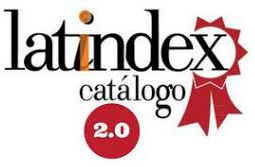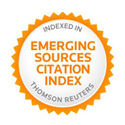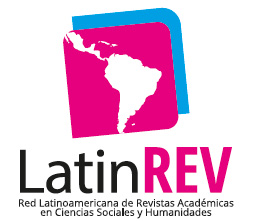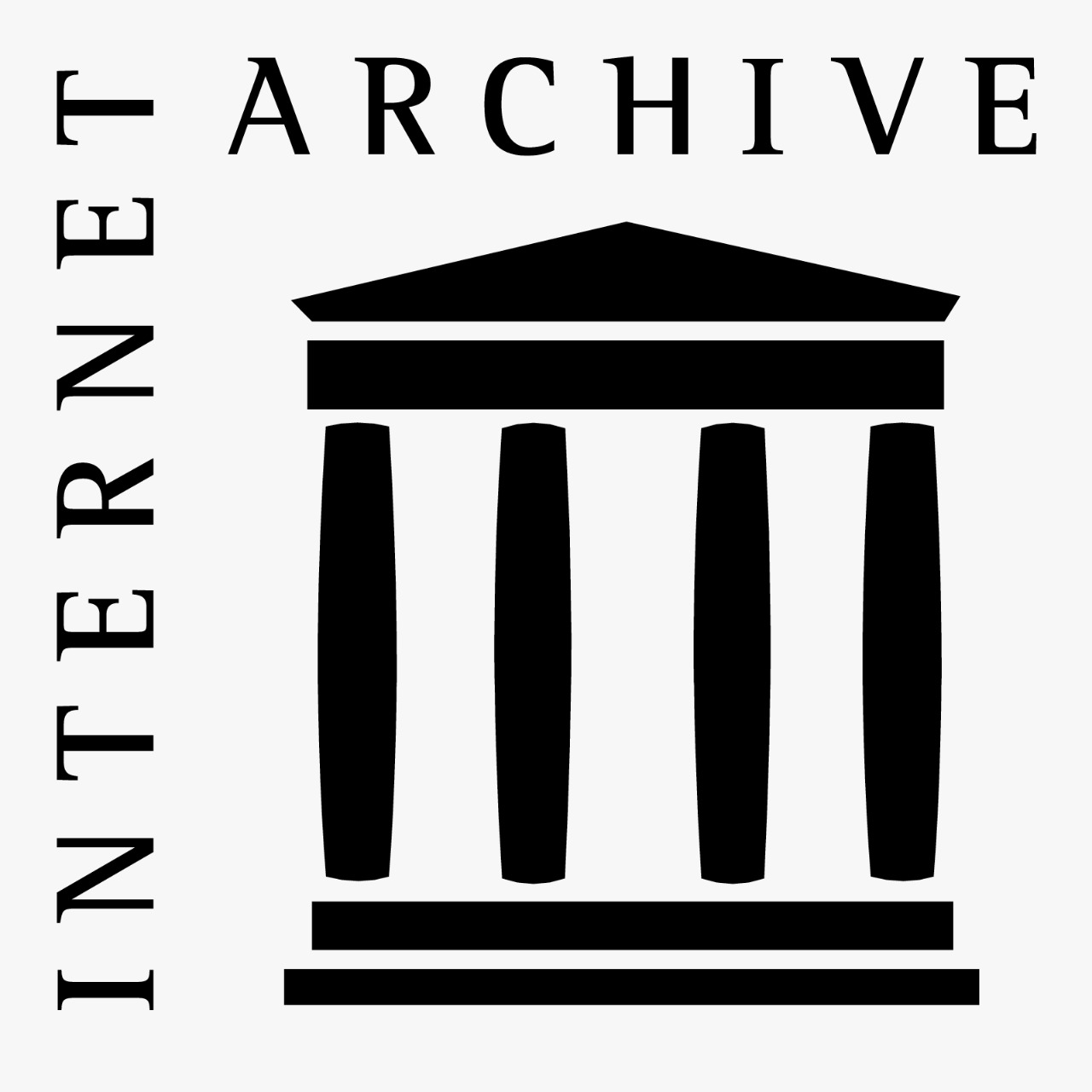Instagram as journalistic platform
The case of Agencia AUNO
Abstract
The new information and communication technologies cause big changes in the media scene in the 21st century. The expansion of the Internet put the traditional media transmission scheme in crisis. The reticular model of the “new media” enabled the configuration of a new environment determined by the multiplicity of actors, media and languages, where sources, contents and narrativa practices converge.
In this digital age, social networks became one of the main means by which citizens access informational content: more than half of the planet is on the Internet and each person makes use of digital media for an average of 6 hours and 42 minutes a day, giving half of this connection time through smartphones, according to Global Digital 2019 Report. Of the three thousand four hundred million users of social networks on the Internet, millions of them have active accounts on Instagram.
In this scene, the newsrooms modified their journalistic practices and routines, in order to bring the informative contents closer to a larger audience. Instagram, like other apps in the mobile world, is presented as an emerging space for journalistic innovation due to its versatility, visual impact and ability to transmit information live. Particularly, the use of Instagram stories represents a great opportunity to reach a young audience, providing real-time and contextualized information, and encouraging participation.
Throughout this document we explain the experience of the AUNO Agency in the Instagram application for journalistic work in a new media environment. In that sense, we implement Instagram functionalities to do media coverage and generate new ways of relating to our community.
Downloads
References
Arréguez Manozzo, S., Fernández, L. (2019). “El día que Internet modificó los medios” en Itinerarios. Caminos hacia la construcción de una idea de comunicación. Lomas de Zamora, Universidad Nacional de Lomas de Zamora (UNLZ).
Campalans C. Renó D., Gosciola V. (2014) Narrativas transmedia entre teorías y prácticas. Bogotá, Editorial Universidad del Rosario.
DeHaan, Gladwell, Murayama, Przybylski, (2013). Motivational, emotional, and behavioral correlates of fear of missing out. Revista Computers in Human Behavior, 29, (4), 1841-1848. Recuperado de https://www.sciencedirect.com/journal/computers-in-human-behavior/vol/29/issue/4.
DataReportal. (2019). Digital Reports 2019. Recuperado de https://datareportal.com/reports/digital-2019-global-digital-overview#:~:text=There%20are%204.39%20billion%20internet,since%20this%20time%20last%20year.
De Moraes, D. (2004). El Ecosistema Digital y el Desafío de Democratizar la Red. Revista Razón y Palabra, (37), 2. Recuperado de http://www.razonypalabra.org.mx/anteriores/n37/dmoraes.html
Jenkins, H. (2003). Transmedia Storytelling. Technology Review. Recuperado de https://www.technologyreview.com/s/401760/transmedia-storytelling/.
Orihuela, J. (2002). Nuevos paradigmas de la comunicación. Recuperado de eCuaderno http://www.ecuaderno.com/paradigmas/.
Porto, D. Flores (2012). Reflexiones y técnicas para el ciberperiodista desde los laboratorios de medios interactivos. Madrid, Editorial Fragua.
Ramonet, I. (2011). La explosión del periodismo. Internet pone en jaque a los medios tradicionales. Buenos Aires: Capital Intelectual.
Scolari, C. (2008). Hipermediaciones: Elementos para una teoría de la comunicación digital interactiva. Barcelona: Gedisa.
Van Dijck, J. (2016). La cultura de la conectividad: una historia crítica de las redes sociales. Buenos Aires: Siglo Veintiuno Editores.
We are social, Hoostuite. (2019). Global Digital Report 2019. Recuperado de https://wearesocial.com/global-digital-report-2019.
The authors retain the copyright and guarantee the journal the right to be the first publication of the work. In case that a translation of the article already published in Austral Comunicación can be published in another journal, it is requested to record the original publication in the translated version.
The license used is CC BY-NC-SA, which allows sharing (copying and redistributing the material in any medium and format) and adapting (remixing, transforming and building on the material) under the following terms: attribution (acknowledge authorship) and non-commercial (the material cannot be used for commercial purposes). Update: February 1, 2022.
Austral Comunicación allows the author (s) to retain the publication rights without restrictions.











































